What do a nosegay, corsage and boutonniere all share in common? The answer, of course, is that all three are floral arrangements of some kind. Although flowers today are more ornamental than not, during the middle ages a nosegay tucked in a lapel masked the odors of people who bathed infrequently, seldom washed their clothes, had no indoor plumbing, and were surrounded by livestock. Gradually, however, flowers began to be used in other ways. Women wove the stems of flowers into garlands worn around their heads, as evidenced by Anne of Cleves, who wore a garland of rosemary when she married King Henry the VIII.
Most people associate the language of flowers, also called “floriography,” with the reign of Queen
- Daffodil – regard
- Daisies – purity and innocence
- Dandelion – coquetry, or flirting
- Elderflower – compassion
- Iris – sending a message
- Ivy – fidelity
- Jonquil – return of affection
- Lilac (purple) – first signs of love
- Pansy – thought
- Red roses – passionate, romantic love
- Sunflowers – haughtiness, or respect
- White clover – promise
- White roses – virtue and chastity
- Yellow roses – friendship or devotion
- Yellow tulip – hopeless love
Whether you express yourself using the Victorian, Japanese, Turkish or any other language of flowers, one fact is certain. Flowers today embellish our garments, our décor and even our bodies, as evidenced by these items sold in BBEST members’ shops.
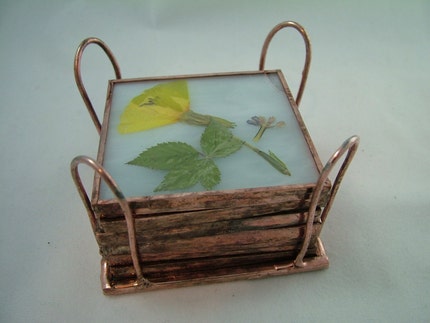
Midnight Blue Flower Focal Bead, by ZudaGay
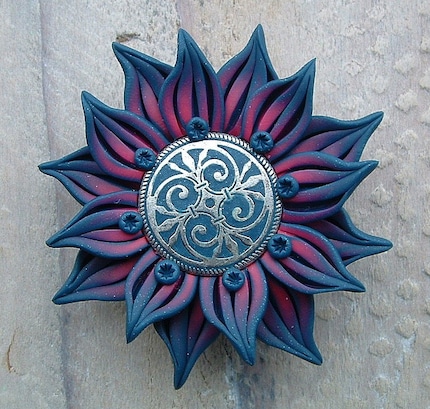
Bluebonnet Bell, by JillsTreasureChest
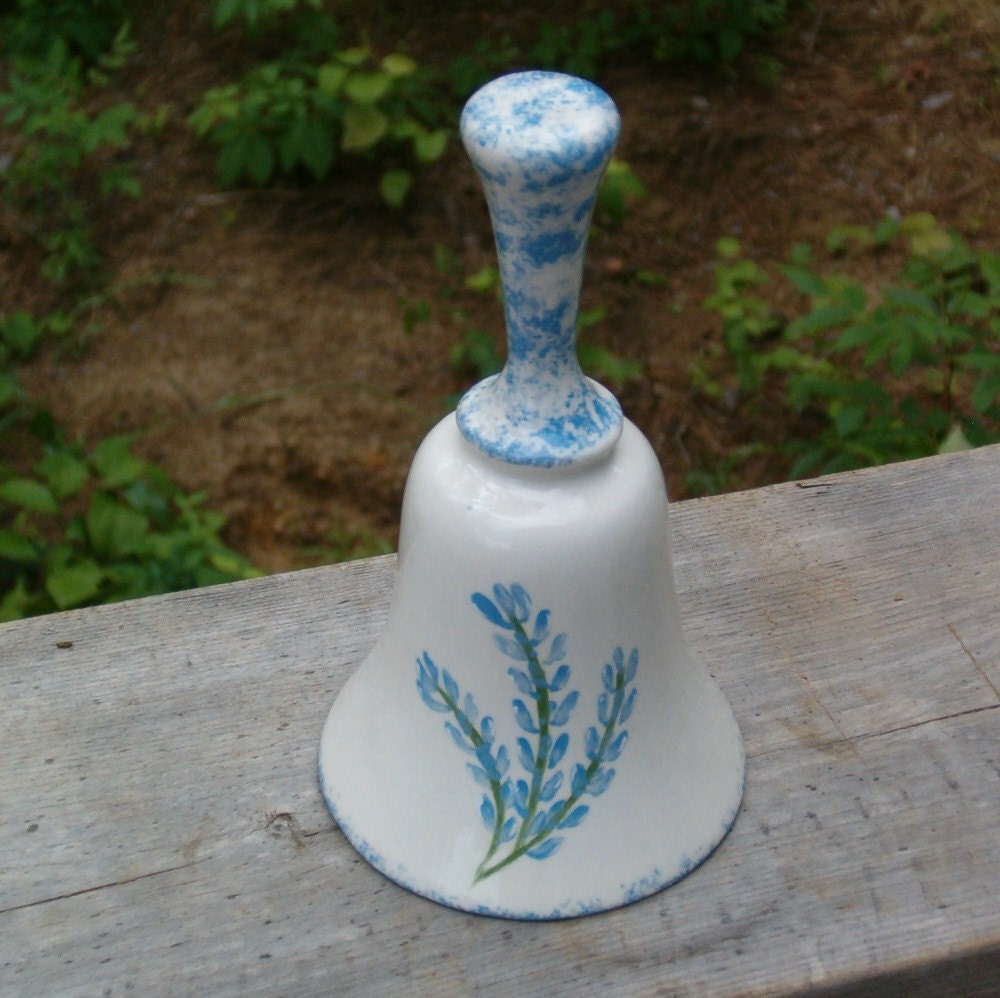
Pretty Purple Neck Warmer, by CBBasement
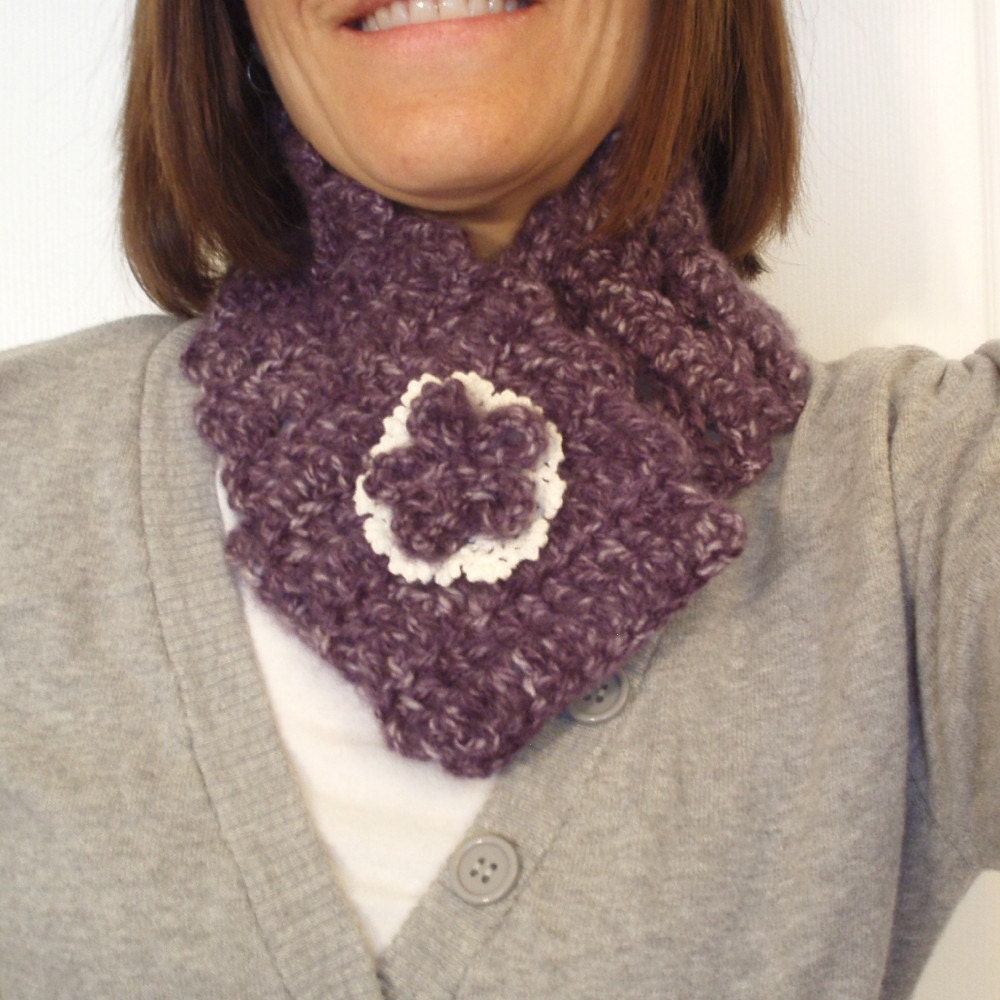
Flowers and Frida Nicho, by VanFleetStreetDesign

Orange Tulip Original Painting, by heronkate

Original Print Sepia Petunia, by BethPeardonProds
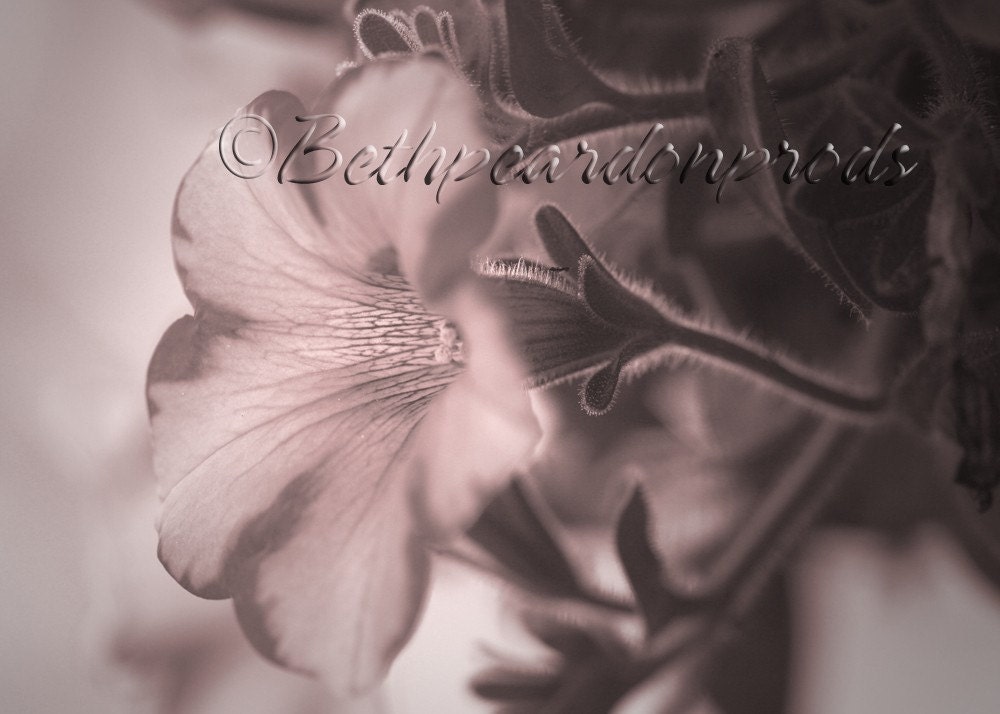
Tussie-Mussies, the Victorian Art of Expressing Yourself in the Language of Flowers, by Geraldine Adamich Laufer
Flowers, the Angels’ Alphabet: The Language and Poetry of Flowers, by Susan Loy








16 comments:
A very informative article and such beautiful examples!
Enjoyed this blog very much. Great work Judy !loga
Very interesting feature-thank you!! Gorgeous art to go along with it!
Thank you for the lovely and informative post, Judy!! What lovely floral items can be found in BBEST shops!! Thank you for including one of my flowers!
What a great post! Thanks so much for including my tulip painting. I have daffodils blooming in my garden now; I'm sending you [virtual] daffodils to express my regard.
Great post and great examples of wonderful items!
Judy, what a wonderful article. I always enjoy your blog surprises. Thanks for such a pretty burst of happiness today.
Wonderful Judy! Such lovely floral selections!
Enjoyed your post! Now I only have one question. What is the difference between a daffadil and a jonquil?
Good question, Joni! Although I'm certainly no botany expert, the Online Free Dictionary describes both plants as being from the same genus, narcissus. However, technically jonquils' botanical name is narcissus jonquilla, while daffodils' botanical name is pseudonarcissus. The dictionary also says that "jonquils" is a colloquial term for daffodils. That's the long answer. The short answer is that they're very similar! :-)
fantastic posting!! loved learning about the meaning of flowers!
thanks! :)
♥
Another well-written and informative post! I love flowers and the beauty that they bring to our daily lives. I can't wait to see the spring flowers poking up from the ground!
wow, lots of info here. Thanks Judy
Judy, a lovely blog post with great selections from our team!
How interesting and lovely....the language of flowers. Thank you for sharing the history and meaning and uses of flowers (glad we all have running water!!). The pieces you chose from the Bbest shops are gorgeous! Wonderful post!
I have a book on the language of flowers :) It's really interesting.
Post a Comment